Xerox Alto — The Grandfather of Modern Computing
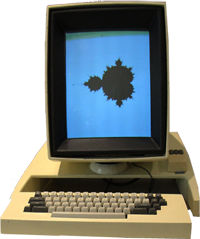
Developed in 1972 and released in March 1973, the Xerox Alto was a groundbreaking machine created at Xerox PARC (Palo Alto Research Center). Though never sold commercially, it became the foundation for many technologies we now take for granted in personal computing. The Alto introduced the world’s first graphical user interface (GUI), Ethernet networking, optical mouse, high-resolution bitmapped display, and was also the first system to use a laser printer—another innovation from Xerox.
Originally designed as a research prototype, the Alto was deployed across universities and Xerox facilities, paving the way for modern user-centric computing.
- Only 120 Alto I units and around 2,000 Alto II units were built
- Approximately 500 were used in university settings
- In 1981, Xerox released the Xerox Star, a commercial workstation incorporating Alto innovations. A full setup, including a laser printer, cost around $100,000—roughly $325,000 in 2023 money
![]() AT A GLANCE
AT A GLANCE
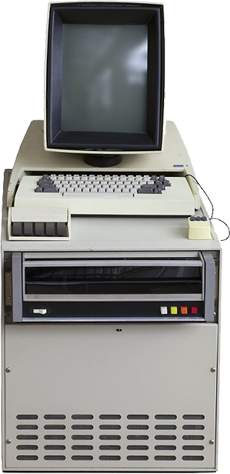
A typical Xerox Alto system, according to its hardware manual, included:
- Custom CPU built from multiple SSI/MSI logic chips (clocked at 5.88 MHz)
- 96 to 512 KB of semiconductor memory (base system had 64K × 16-bit words)
- 875-line television monitor, producing a 606×808-pixel display, refreshed at 30 fps
- Alto Executive (Exec) operating system
- 64-key keyboard
- 3-button mechanical mouse (later replaced by a ball-based model)
- Diablo 31/44 disk drive (typical capacity: 2.5 to 10 MB)
- Ethernet interface, offering 3 Mbps LAN connectivity (also invented by Xerox)
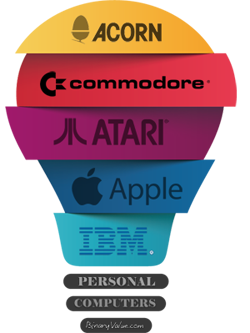 Major Innovations Introduced by the Alto
Major Innovations Introduced by the Alto
The Xerox Alto was decades ahead of its time. Its influence is immeasurable:
- First true personal computer
- First graphical user interface (GUI) with windows, icons, and menus
- First optical and ball mouse
- First high-resolution bitmapped display
- First LAN/Ethernet-capable computer (Ethernet was invented at Xerox PARC)
- First computer to support laser printing
- First desktop publishing system (combined GUI, fonts, and printing)
- First WYSIWYG text editor — Bravo (1974)
- One of the first multiplayer LAN-based video games — Alto Trek (by Gene Ball)
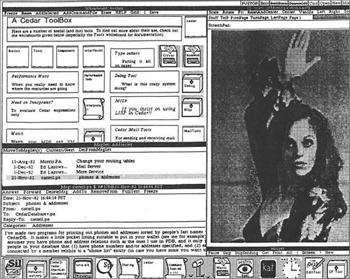
Xerox PARC — The Hidden Birthplace of Modern Computing
Xerox PARC’s legacy is monumental. The research lab developed many key innovations that became standard in personal computing:
- The first personal computer — Xerox Alto (1973)
- GUI with windows and icons (1973)
- Laser printer (1969)
- Ethernet / LAN networking (1973)
- Bravo — the first WYSIWYG editor (1974)
- Scalable fonts with ligatures
- Innovative programming languages like Euclid and Mesa
Steve Jobs and the Xerox PARC Deal
In 1979, Steve Jobs famously visited Xerox PARC. In exchange for pre-IPO Apple shares, Xerox allowed Apple engineers to witness PARC’s groundbreaking work. That visit had a transformative impact on Apple. Many of Alto’s innovations—like the GUI, bitmapped displays, mouse, scalable fonts, and Ethernet—would later appear in the Apple Lisa (1983) and Macintosh (1984).
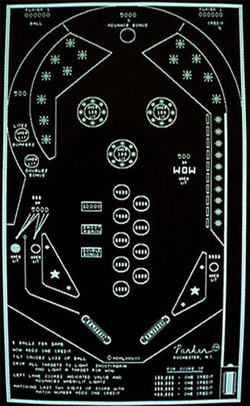
Xerox Alto Software (Applications & Games)
Software on the Xerox Alto
Alto pioneered graphical interfaces and usability. Early programs were written in BCPL, and later in Mesa, both advanced languages for their time. The first program ever run on an Alto? “Hello World.”
Key Applications:
- Bravo & Gypsy — Pioneering WYSIWYG word processors
- Markup & Draw — Bitmapped graphic editors
- Sil — Vector graphics editor for IC and PCB design
- Laurel & Hardy — Early email clients for LAN communication
- Games — Games include Chess, Othello, Pinball, and Alto Trek (LAN-based space game)
■ Xerox Alto -The Birth of Modern Computing
G.P. for BinaryValue.com (c) 2022
Sources:
![]() > FIND MORE
> FIND MORE
□ MODELS
» Commodore Amiga
» Atari ST Series
» Apple Computers
» NeXT
» Xerox Alto
» Archimedes






